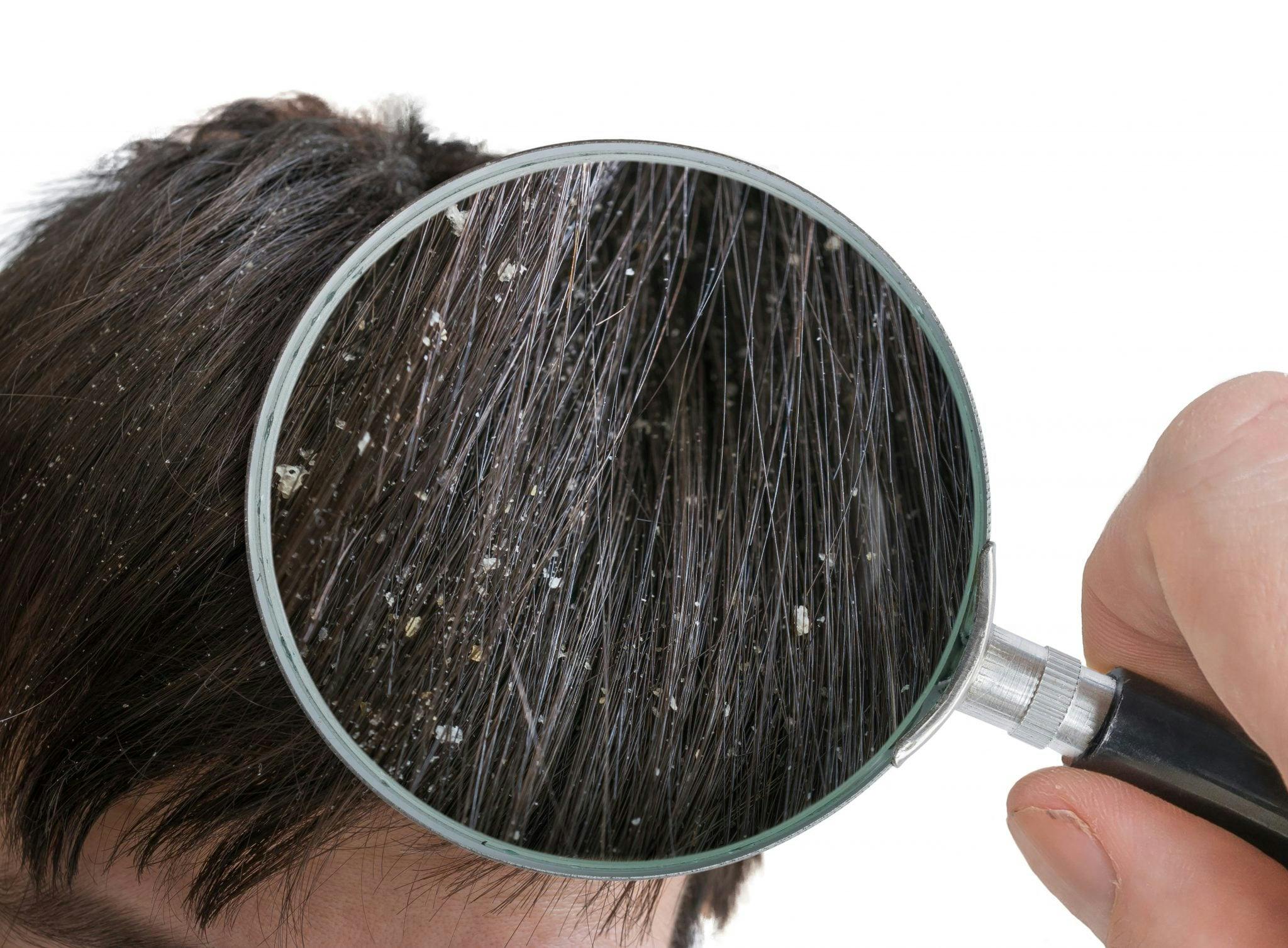
2024-07-12T16:54:51
Sunscreen Travel Tips
- Dermatology
June 2, 2017 | Dermatology

Dandruff is a non-contagious, chronic scalp condition characterized by flaking of the skin on the scalp. It’s typically easy to spot due to white flakes that are visible on clothing or other surfaces.
Although it can be tough to treat in some cases, dandruff is not dangerous and can be controlled with the right steps.
Symptoms of dandruff are easy to spot in most cases. Signaled by white, oily-looking flakes of dead skin present on the hair and shoulders, dandruff is often accompanied by an itchy, scaly scalp. Dandruff symptoms are often worse during fall and winter due to dry skin, which can be exacerbated by indoor heating.
In babies, a type of dandruff known as cradle cap can occur. This is a disorder that causes a scaly, crusty scalp. It can be alarming for parents, especially since it’s most common in newborns, but it’s not dangerous and will usually clear up by itself.
There are several possible causes of dandruff:
Anyone can get dandruff, but there are a few factors that raise your risk:
Dandruff can generally be controlled, although there are cases where it will take some trial and error to determine the proper treatment. Shampoos are some of the first lines of defense—daily cleansing with these can reduce oiliness and skin cell buildup. Shampoos are separated up based on the type of medication they contain.
It may take some experimentation to find the right shampoo for you. If any products you use start to irritate your skin or cause an allergic reaction, stop using them right away.
In most cases, people can begin using these shampoos daily or every other day and then scale back to two or three times a week as needed. Some people find success alternating between shampoos, as certain types may lose their effectiveness if used solely. If none of the options you find have success, speak to your doctor or dermatologist about prescription shampoos or other treatments.
On top of basic shampooing, there are a few steps you can take to lower your risk of developing dandruff:
If you have moderate to severe dandruff that isn’t responding to basic treatments, speak to your doctor about options.
“Dandruff.” The Mayo Clinic. http://www.mayoclinic.org/diseases-conditions/dandruff/home/ovc-20215279
“Dandruff: Learn The Basics.” WebMD. http://www.webmd.com/skin-problems-and-treatments/understanding-dandruff-basics
WRITTEN BY:
The Live Better Team


2024-07-12T16:54:51

2024-07-02T11:42:04

2024-07-01T13:49:28

2024-06-21T14:29:51
This information is not intended to replace the advice of a medical professional. You should always consult your doctor before making decisions about your health.